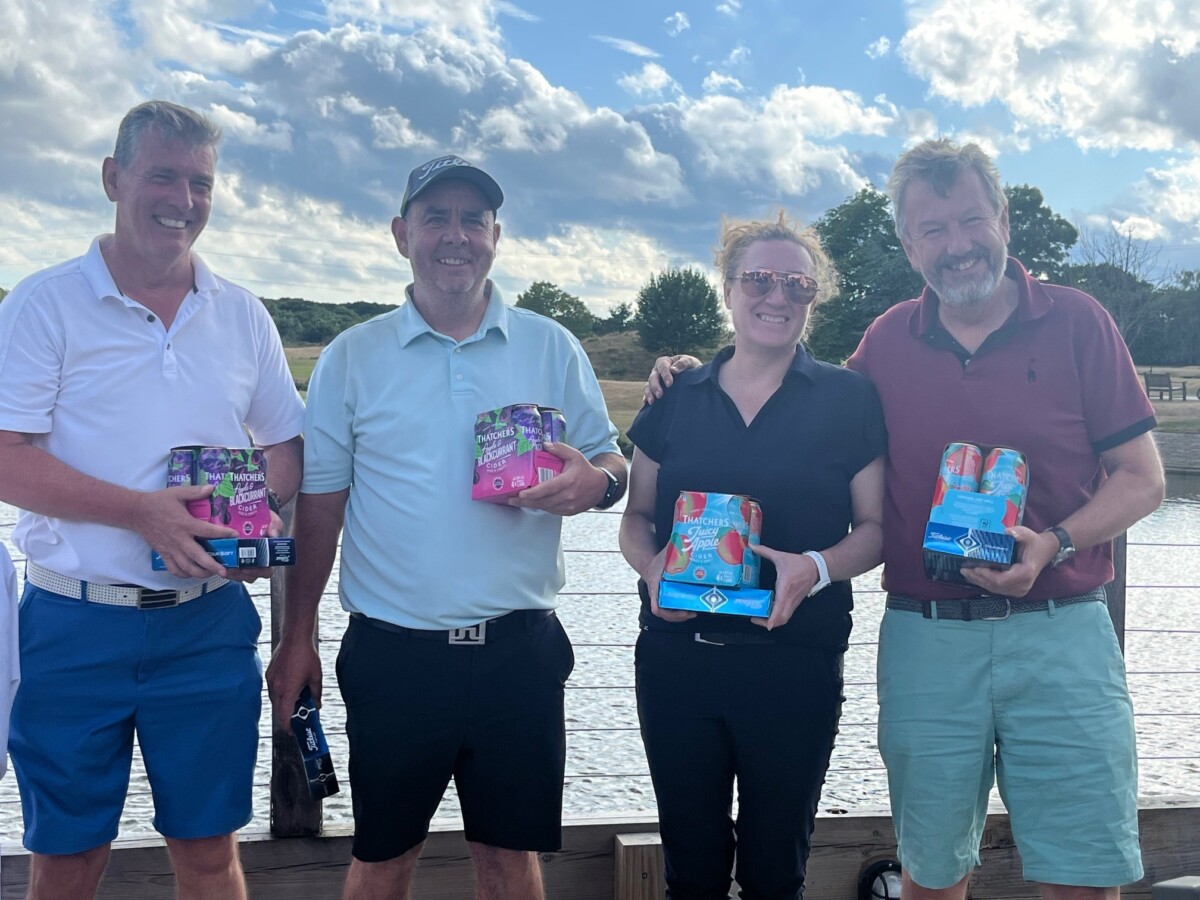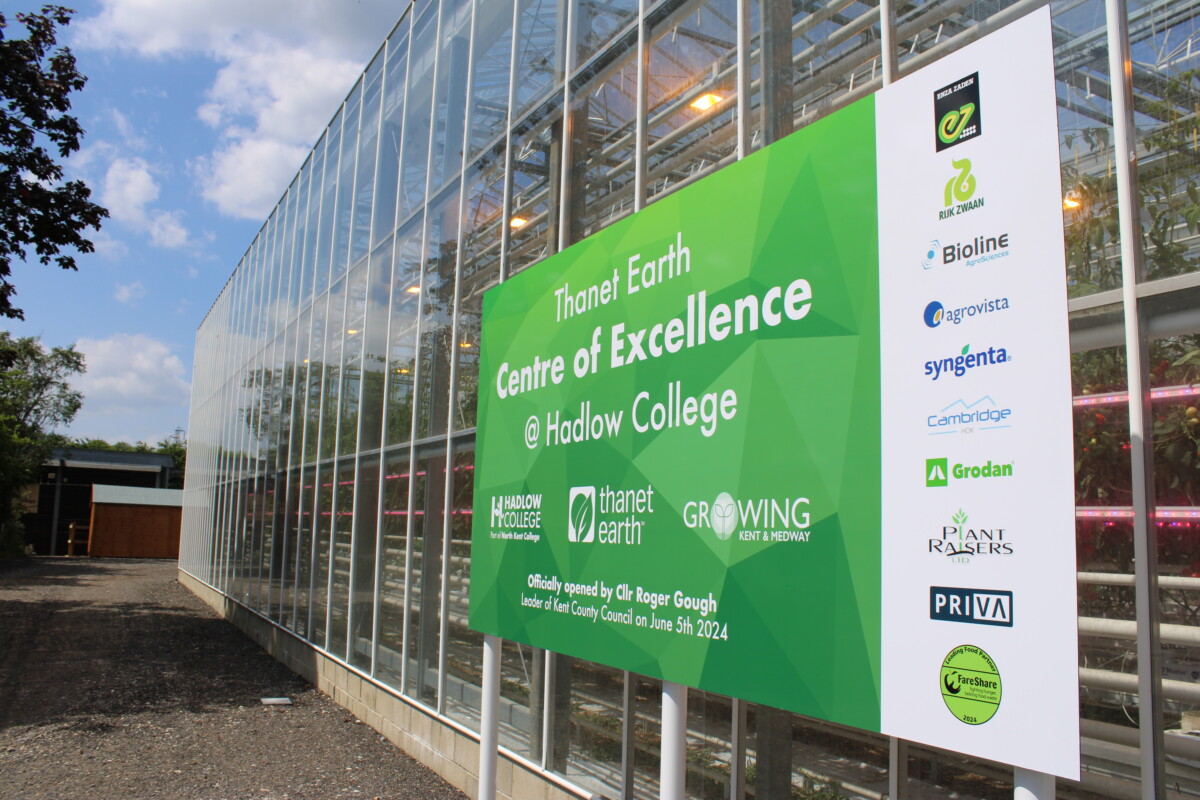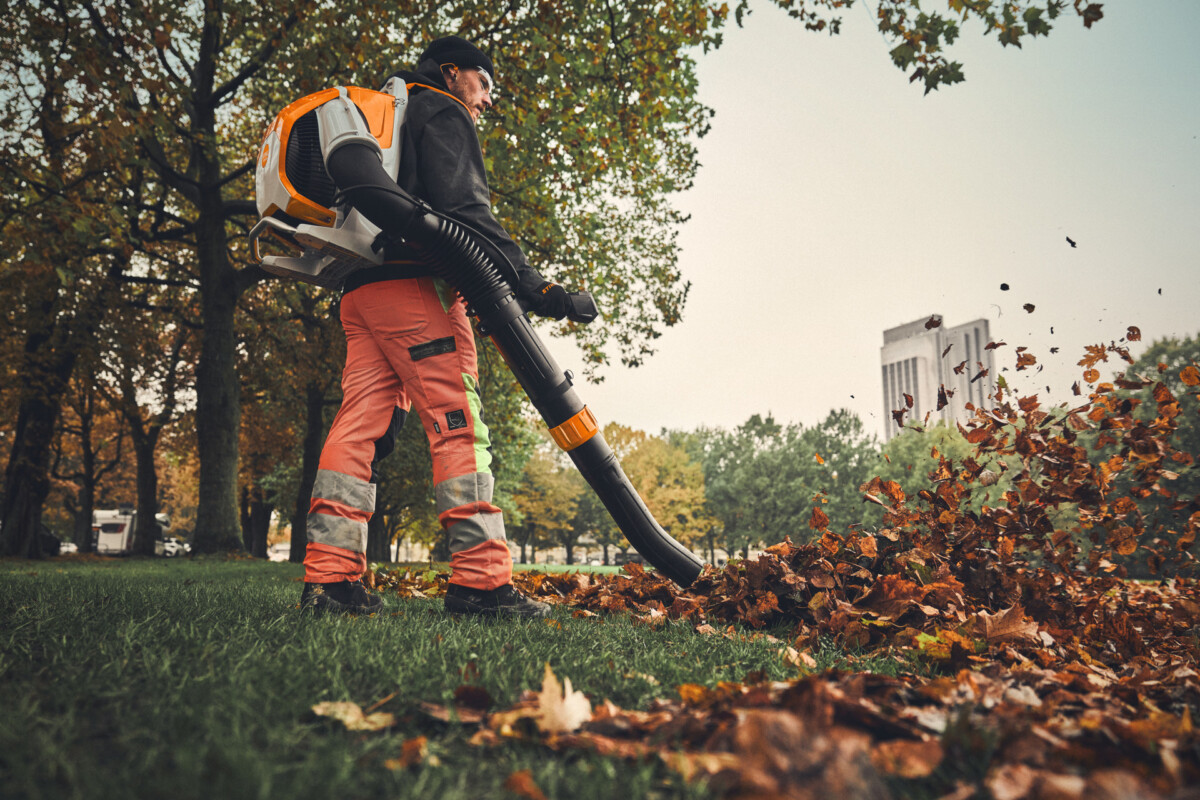Turf diseases to be aware of: Summer is here and with it are several turf diseases to be aware of. Here’s a guide to dealing with a few of them.
Anthracnose is a stress disease, so combining any 2 or 3 of several potential stresses can encourage the disease. Common stresses include lowering of height of cut, low N inputs, heat, extremes of soil moisture, high thatch, aggressive verticutting, high wear, etc.

Turf diseases to be aware of
Symptoms within a sward are patches of irregular, yellow/brown/bronze-coloured patches and a loss of turf density. Foliar blight-affected leaves lose colour to become a yellow colour and black spots containing fruiting bodies (acervuli) can be seen on the leaves.
The three biggest factors in anthracnose development are mowing height, deficiencies of N or K (mainly N) and poor control over soil moisture. Avoid these three and your chances of avoiding anthracnose are greatly increased. Keep green speeds up by applying slow-release N to maintain turf health without excess growth. I recommend high potassium liquids in nearly all my golf green recommendations throughout summer to help keep anthracnose at bay as higher levels of K in the leaf reduce anthracnose. It’s also a good idea to add in phosphite and salicylic acid with your foliar mixes. Both work in a similar fashion by ‘tricking’ the plant into thinking it’s under attack from a pathogen and increasing its defences.
Consistent moisture levels across the whole surface are important in preventing Localised Dry Spots and anthracnose, so use of a soil moisture meter and hand watering is crucial. Maintain a good wetting agent programme to maintain consistent soil moisture across your site.
Take-All Patch affects golf greens and you probably won’t see symptoms until later in the summer, but you can prevent it now. For those on Take-All prone sites: get a good programme of biostimulants in place employing seaweeds, amino acids and humic acids.
Light straw-coloured circular patches become visible that have a well-defined edge between healthy and infected turf. They may have a bronze tinge around the edge when the disease is active. These may be slightly depressed and contain unaffected species or weeds in the centre
Low soil manganese levels are often associated with this disease as the pathogen oxidizes available Mn2+ to Mn3+ or Mn4+, making it unavailable to the plant; extra manganese inputs have been shown to be effective in reducing symptoms. High pH soils are also more vulnerable.
On sites who traditionally suffer badly, two applications of azoxystrobin 2 weeks apart in early summer, and then again in late August will help. Combine applications of azoxystrobin with a wetting agent to get the active ingredient down into the soil where it’s needed.
Be aware of Waitea Patch during a hot spell. Hydrophobic layers are a factor with this disease, therefore moisture and thatch management are key. With modern moisture meters you can really track soil moisture levels very accurately and watch the VMC% drop and then treating with a hand water and surfactant hose end pellets to keep moisture consistent.
With a Poa annua sward, turf shows symptoms of coalescing yellow rings around 20-40cm in diameter. There is often (but not always) darker green turf in the centre of the ring. The disease affects the leaves, stem, crown and upper roots and if it gets to advanced stages will turn leaves a brown/red colour and kill plants. Very similar in appearance to Superficial Fairy Rings, but Waitea does not have the mushroom smell or mycelium below the surface associated with Superficial Fairy Rings. Waitea Patch can develop mycelium on the leaves, crown and soil surface, but not sub-surface.
The big difference between Waitea and Superficial Fairy Ring is smell: fairy rings give off a distinct mushroom smell when you take out a core and have good sniff. Waitea Patch does not smell anywhere close as strong of mushrooms, if at all. Mycelium can develop on the surface with Waitea Patch, but below the surface with Superficial Fairy Rings and is usually reasonably easy to spot with Fairy Rings (take a core and put it into a ziplocked, soil sampling bag to incubate for 24 hours to see where mycelium develops if uncertain).
Superficial Fairy Ring always have some element of hydrophobic soil associated with them – Waitea CAN have hydrophobic soil too, but it will be likely be completely unrelated to the disease.
With Waitea Patch you need to try to reduce surface moisture (i.e. don’t hand water it!) and with Superficial Fairy Rings you’ll need to break that hydrophobicity with a wetter and get moisture back into the soil (i.e. hand water it with a hose and wetting agent pellet!).
Geoff Fenn BSc (Hons)
For the latest industry news visit turfmatters.co.uk/news
Get all of the big headlines, pictures, opinions and videos on stories that matter to you.
Follow us on Twitter and Instagram for fun, fresh and engaging content.
You can also find us on Facebook for more of your must-see news, features, videos and pictures from Turf Matters.


























